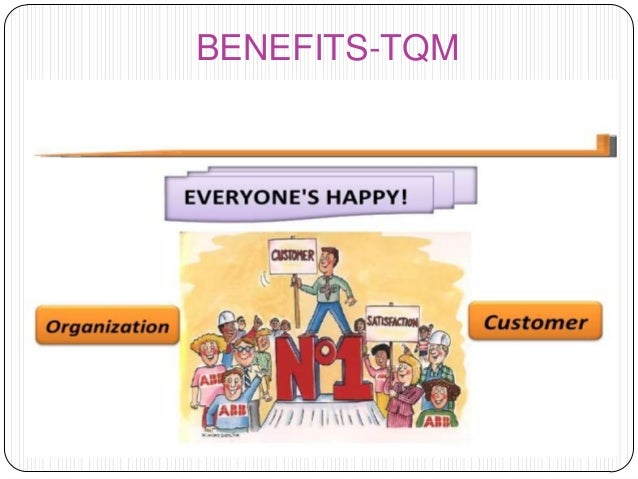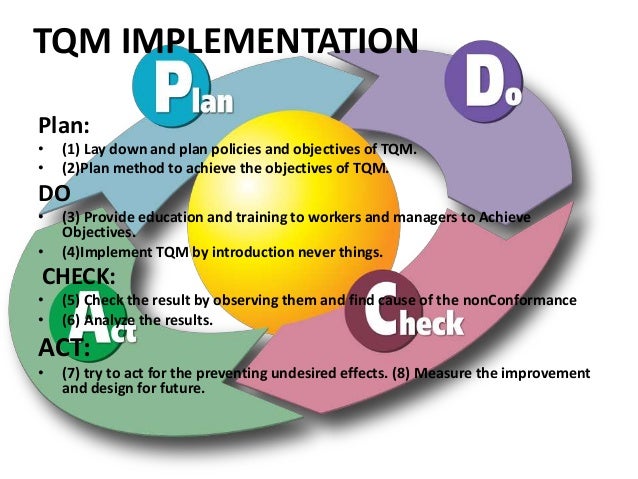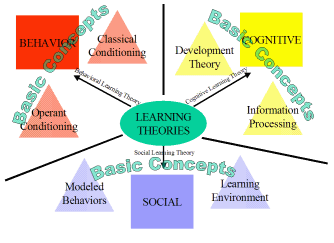The following explanation will help in understanding each finance function in detail
Investment Decision
One of the most important finance functions is to intelligently allocate capital to long term assets. This activity is also known as capital budgeting. It is important to allocate capital in those long term assets so as to get maximum yield in future. Following are the two aspects of investment decision
Investment decision not only involves allocating capital to long term assets but also involves decisions of using funds which are obtained by selling those assets which become less profitable and less productive. It wise decisions to decompose depreciated assets which are not adding value and utilize those funds in securing other beneficial assets. An opportunity cost of capital needs to be calculating while dissolving such assets. The correct cut off rate is calculated by using this opportunity cost of the required rate of return (RRR)
Financial Decision
Financial decision is yet another important function which a financial manger must perform. It is important to make wise decisions about when, where and how should a business acquire funds. Funds can be acquired through many ways and channels. Broadly speaking a correct ratio of an equity and debt has to be maintained. This mix of equity capital and debt is known as a firm’s capital structure.
A firm tends to benefit most when the market value of a company’s share maximizes this not only is a sign of growth for the firm but also maximizes shareholders wealth. On the other hand the use of debt affects the risk and return of a shareholder. It is more risky though it may increase the return on equity funds.
A sound financial structure is said to be one which aims at maximizing shareholders return with minimum risk. In such a scenario the market value of the firm will maximize and hence an optimum capital structure would be achieved. Other than equity and debt there are several other tools which are used in deciding a firm capital structure.
Dividend Decision
Earning profit or a positive return is a common aim of all the businesses. But the key function a financial manger performs in case of profitability is to decide whether to distribute all the profits to the shareholder or retain all the profits or distribute part of the profits to the shareholder and retain the other half in the business.
It’s the financial manager’s responsibility to decide a optimum dividend policy which maximizes the market value of the firm. Hence an optimum dividend payout ratio is calculated. It is a common practice to pay regular dividends in case of profitability Another way is to issue bonus shares to existing shareholders.
Liquidity Decision
It is very important to maintain a liquidity position of a firm to avoid insolvency. Firm’s profitability, liquidity and risk all are associated with the investment in current assets. In order to maintain a tradeoff between profitability and liquidity it is important to invest sufficient funds in current assets. But since current assets do not earn anything for business therefore a proper calculation must be done before investing in current assets.
Current assets should properly be valued and disposed of from time to time once they become non profitable. Currents assets must be used in times of liquidity problems and times of insolvency.
The Roll of Finance Functions in Organizational Process
The Finance Function and the Project Office
Contemporary organizations need to practice cost control if they are to survive the recessionary times. Given the fact that many top tier companies are currently mired in low growth and less activity situations, it is imperative that they control their costs as much as possible. This can happen only when the finance function in these companies is diligent and has a hawk eye towards the costs being incurred. Apart from this, companies also have to introduce efficiencies in the way their processes operate and this is another role for the finance function in modern day organizations.
There must be synergies between the various processes and this is where the finance function can play a critical role. Lest one thinks that the finance function, which is essentially a support function, has to do this all by themselves, it is useful to note that, many contemporary organizations have dedicated project office teams for each division, which perform this function.
In other words, whereas the finance function oversees the organizational processes at a macro level, the project office teams indulge in the same at the micro level. This is the reason why finance and project budgeting and cost control have assumed significance because after all, companies exist to make profits and finance is the lifeblood that determines whether organizations are profitable or failures.
The Pension Fund Management and Tax Activities of the Finance Function
The next role of the finance function is in payroll, claims processing, and acting as the repository of pension schemes and gratuity. If the US follow the 401(k) rule and the finance function manages the defined benefit and defined contribution schemes, in India it is the EPF or the Employee Provident Funds that are managed by the finance function. Of course, only large organizations have dedicated EPF trusts to take care of these aspects and the norm in most other organizations is to act as facilitators for the EPF scheme with the local or regional PF (Provident Fund) commissioner.
The third aspect of the role of the finance function is to manage the taxes and their collection at source from the employees. Whereas in the US, TDS or Tax Deduction at Source works differently from other countries, in India and much of the Western world, it is mandatory for organizations to deduct tax at source from the employees commensurate with their pay and benefits.
The finance function also has to coordinate with the tax authorities and hand out the annual tax statements that form the basis of the employee’s tax returns. Often, this is a sensitive and critical process since the tax rules mandate very strict principles for generating the tax statements.
Payroll, Claims Processing, and Automation
We have discussed the pension fund management and the tax deduction. The other role of the finance function is to process payroll and associated benefits in time and in tune with the regulatory requirements.
Claims made by the employees with respect to medical, and transport allowances have to be processed by the finance function. Often, many organizations automate this routine activity wherein the use of ERP (Enterprise Resource Planning) software and financial workflow automation software make the job and the task of claims processing easier. Having said that, it must be remembered that the finance function has to do its due diligence on the claims being submitted to ensure that bogus claims and suspicious activities are found out and stopped. This is the reason why many organizations have experienced chartered accountants and financial professionals in charge of the finance function so that these aspects can be managed professionally and in a trustworthy manner.
The key aspect here is that the finance function must be headed by persons of high integrity and trust that the management reposes in them must not be misused. In conclusion, the finance function though a non-core process in many organizations has come to occupy a place of prominence because of these aspects.
Investment Decision
One of the most important finance functions is to intelligently allocate capital to long term assets. This activity is also known as capital budgeting. It is important to allocate capital in those long term assets so as to get maximum yield in future. Following are the two aspects of investment decision
- Evaluation of new investment in terms of profitability
- Comparison of cut off rate against new investment and prevailing investment.
Investment decision not only involves allocating capital to long term assets but also involves decisions of using funds which are obtained by selling those assets which become less profitable and less productive. It wise decisions to decompose depreciated assets which are not adding value and utilize those funds in securing other beneficial assets. An opportunity cost of capital needs to be calculating while dissolving such assets. The correct cut off rate is calculated by using this opportunity cost of the required rate of return (RRR)
Financial Decision
Financial decision is yet another important function which a financial manger must perform. It is important to make wise decisions about when, where and how should a business acquire funds. Funds can be acquired through many ways and channels. Broadly speaking a correct ratio of an equity and debt has to be maintained. This mix of equity capital and debt is known as a firm’s capital structure.
A firm tends to benefit most when the market value of a company’s share maximizes this not only is a sign of growth for the firm but also maximizes shareholders wealth. On the other hand the use of debt affects the risk and return of a shareholder. It is more risky though it may increase the return on equity funds.
A sound financial structure is said to be one which aims at maximizing shareholders return with minimum risk. In such a scenario the market value of the firm will maximize and hence an optimum capital structure would be achieved. Other than equity and debt there are several other tools which are used in deciding a firm capital structure.
Dividend Decision
Earning profit or a positive return is a common aim of all the businesses. But the key function a financial manger performs in case of profitability is to decide whether to distribute all the profits to the shareholder or retain all the profits or distribute part of the profits to the shareholder and retain the other half in the business.
It’s the financial manager’s responsibility to decide a optimum dividend policy which maximizes the market value of the firm. Hence an optimum dividend payout ratio is calculated. It is a common practice to pay regular dividends in case of profitability Another way is to issue bonus shares to existing shareholders.
Liquidity Decision
It is very important to maintain a liquidity position of a firm to avoid insolvency. Firm’s profitability, liquidity and risk all are associated with the investment in current assets. In order to maintain a tradeoff between profitability and liquidity it is important to invest sufficient funds in current assets. But since current assets do not earn anything for business therefore a proper calculation must be done before investing in current assets.
Current assets should properly be valued and disposed of from time to time once they become non profitable. Currents assets must be used in times of liquidity problems and times of insolvency.
The Roll of Finance Functions in Organizational Process
The Finance Function and the Project Office
Contemporary organizations need to practice cost control if they are to survive the recessionary times. Given the fact that many top tier companies are currently mired in low growth and less activity situations, it is imperative that they control their costs as much as possible. This can happen only when the finance function in these companies is diligent and has a hawk eye towards the costs being incurred. Apart from this, companies also have to introduce efficiencies in the way their processes operate and this is another role for the finance function in modern day organizations.
There must be synergies between the various processes and this is where the finance function can play a critical role. Lest one thinks that the finance function, which is essentially a support function, has to do this all by themselves, it is useful to note that, many contemporary organizations have dedicated project office teams for each division, which perform this function.
In other words, whereas the finance function oversees the organizational processes at a macro level, the project office teams indulge in the same at the micro level. This is the reason why finance and project budgeting and cost control have assumed significance because after all, companies exist to make profits and finance is the lifeblood that determines whether organizations are profitable or failures.
The Pension Fund Management and Tax Activities of the Finance Function
The next role of the finance function is in payroll, claims processing, and acting as the repository of pension schemes and gratuity. If the US follow the 401(k) rule and the finance function manages the defined benefit and defined contribution schemes, in India it is the EPF or the Employee Provident Funds that are managed by the finance function. Of course, only large organizations have dedicated EPF trusts to take care of these aspects and the norm in most other organizations is to act as facilitators for the EPF scheme with the local or regional PF (Provident Fund) commissioner.
The third aspect of the role of the finance function is to manage the taxes and their collection at source from the employees. Whereas in the US, TDS or Tax Deduction at Source works differently from other countries, in India and much of the Western world, it is mandatory for organizations to deduct tax at source from the employees commensurate with their pay and benefits.
The finance function also has to coordinate with the tax authorities and hand out the annual tax statements that form the basis of the employee’s tax returns. Often, this is a sensitive and critical process since the tax rules mandate very strict principles for generating the tax statements.
Payroll, Claims Processing, and Automation
We have discussed the pension fund management and the tax deduction. The other role of the finance function is to process payroll and associated benefits in time and in tune with the regulatory requirements.
Claims made by the employees with respect to medical, and transport allowances have to be processed by the finance function. Often, many organizations automate this routine activity wherein the use of ERP (Enterprise Resource Planning) software and financial workflow automation software make the job and the task of claims processing easier. Having said that, it must be remembered that the finance function has to do its due diligence on the claims being submitted to ensure that bogus claims and suspicious activities are found out and stopped. This is the reason why many organizations have experienced chartered accountants and financial professionals in charge of the finance function so that these aspects can be managed professionally and in a trustworthy manner.
The key aspect here is that the finance function must be headed by persons of high integrity and trust that the management reposes in them must not be misused. In conclusion, the finance function though a non-core process in many organizations has come to occupy a place of prominence because of these aspects.



